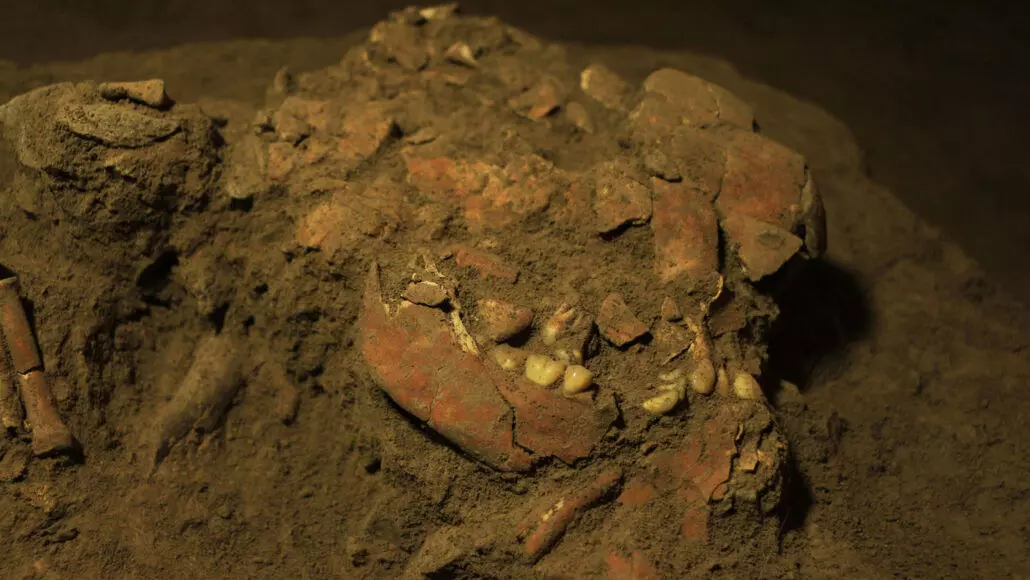
Scientists discover 7,200 years old DNA from woman's fossil in Indonesia
text_fieldsArchaeologists have uncovered the DNA of a woman who lived 7,200 years ago in Indonesia. Experts think that the discovery of this genetic fossil will challenge previous theories about the migration of early humans.
Experts think it is the first time ancient human DNA has been discovered in Wallacea, the vast chain of islands and atolls in the ocean between mainland Asia and Australia. Only one or two pre-neolithic skeletons have yielded ancient DNA in all of mainland Southeast Asia, said the lead researcher.
The fossil was discovered in an excavation that began in 2015. Scientists found the remains in the Leang Panninge cave on the Indonesian island of Sulawesi. The woman has been nicknamed Bessé, reported The Guardian.
Bessé was 17-18 years old at the time of death. She is the first known skeleton belonging to the Toalean culture, a group of hunter-gatherers who lived in South Sulawesi between 1,500 and 8,000 years ago. The grave also contained prehistoric stone tools, red ochre, and bones of hunted wild animals.
One of the lead researchers, Griffith University's Prof Adam Brumm, said that DNA is rare as humid tropics are "very unforgiving on DNA preservation" in ancient human bones and teeth. Bessé's was extracted from the petrous part of the temporal bone, which houses the inner ear.
He added that ancient human DNA found in the northern latitudes of Europe and America is "completely revolutionising our understanding of the early human story". He noted interesting findings regarding the genetic diversity of ancient humans, population movements, and demographic history.
Genetic sequencing revealed that Bessé has a unique ancestral history not shared by anyone living today or any known humans from the ancient past. Half of her genetic makeup is similar to present-day Indigenous Australians and people from New Guinea and the Western Pacific islands said the report.
Brumm said that the findings indicate that her ancestors were part of the initial movement of early humans from mainland Asia through Wallacean islands towards Sahul (the landmass of Australia and New Guinea) combined at the time of the ice age). However, the DNA revealed an ancient link to East Asia.
This challenges previous theories about the timeline of migration to Wallacea. Brumm told The Guardian that it was thought that the first time people with predominantly Asian ancestry entered the Wallacean region was around about three or four thousand years ago.
First prehistoric neolithic farmers were believed to have entered the region from Taiwan three to four thousand years ago. However, Asian ancestry in a newfound ancient DNA of a hunter-gatherer person who lived thousands of years before suggests the earlier movement of some population from Asia to the Wallacean region.
The findings are published in the journal Nature.
























